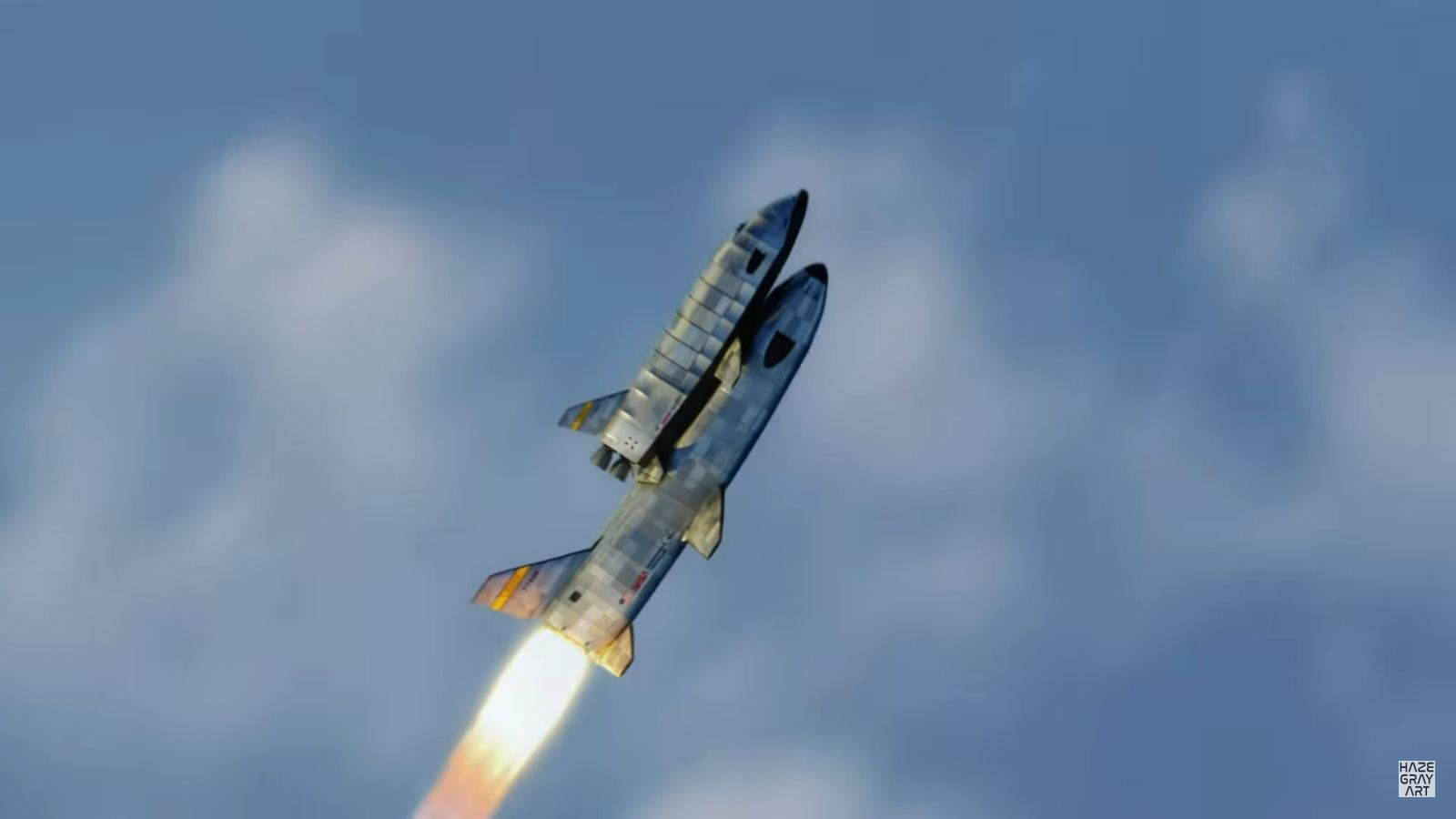For anyone old enough to remember the 1980s, the Space Shuttle was an iconic symbol of spaceflight. For thirty years (1981-2011), this program flew 135 missions, which consisted of orbital science experiments, deploying satellites, launching interplanetary probes, participating in the Shuttle-Mir program, deploying the Hubble Space Telescope (HST), and constructing the International Space Station (ISS). There were also tragedies along the way, such as the Challenger (1986) and Columbia disasters (2003).
But here’s an interesting and little-known fact: the actual design of the Space Shuttle could have been entirely different. Rather than the reusable Space Transportation System (STS) and expendable external tank (E.T.) and solid rocket boosters (SRB) we all remember, there was also a concept for a fully-reusable two-stage-to-orbit spaceplane (DC-3). In a lovely video by spaceflight animator Haze Gray Art (YouTube handle Hazegrayart), viewers get a chance to see what a full take-off and landing would have looked like.
Continue reading “The Space Shuttle was Originally Hoped to be a Fully Reusable two-Stage Rocket”
